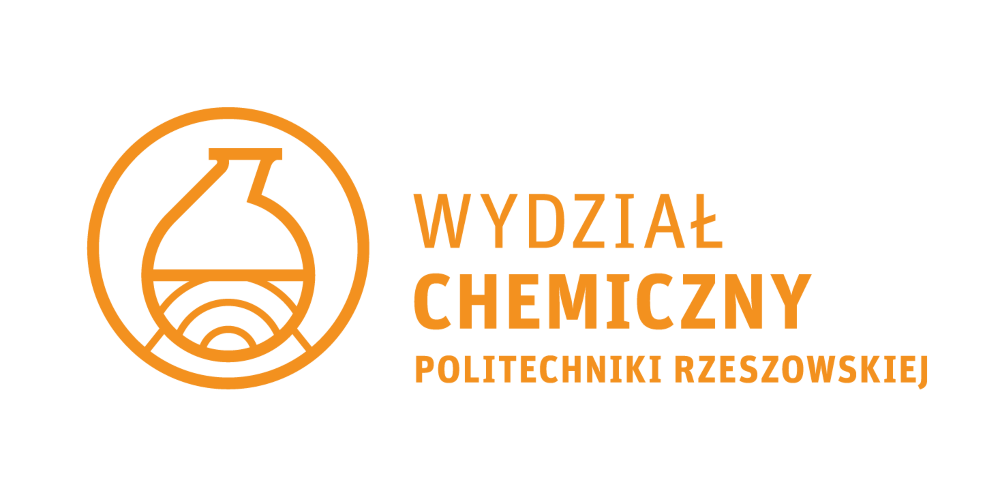

Ceramic materials
Some basic information about the module
The aim of studying and bibliography
The main aim of study:
Understanding the knowledge of the properties of ceramic materials. Understanding the relationship between material properties and its chemical composition and microstructure
The general information about the module:
The student gains knowledge on the properties of ceramic materials
Teaching materials:
Instrukce do ćwiczeń laboratoryjnych - platforma e-learning.prz.edu.pl
Bibliography required to complete the module
| 1 | Pampuch R. | Współczesne materiały ceramiczne | Uczelniane Wydawnictwa Naukowo-Dydaktyczne AGH, Kraków. | 2005 |
| 1 | Pampuch R. | Współczesne materiały ceramiczne | Uczelniane Wydawnictwo Naukowo-Dydaktyczne AGH, Kraków. | 2005 |
| 1 | Ashby M., Jones D. | Materaiały Inżynierskie | PWN Warszawa. | 1999 |
Basic requirements in category knowledge/skills/social competences
Formal requirements:
Knowledge of the course of chemistry and physics, according to the program of study
Basic requirements in category knowledge:
Knowledge of the course of chemistry and physics, according to the program of study
Basic requirements in category skills:
the ability to work independent in laboratory
Basic requirements in category social competences:
ability to work in a team
Module outcomes
| MEK | The student who completed the module | Types of classes / teaching methods leading to achieving a given outcome of teaching | Methods of verifying every mentioned outcome of teaching | Relationships with KEK | Relationships with PRK |
|---|---|---|---|---|---|
| MEK01 | Student has a general knowledge of the main products of the ceramic industry and methods of preparation thereof: aluminosilicate ceramic, oxide ceramics (Al2O3, ZrO2), non-oxide ceramics (SiC, Si3N4). He knows the technological processes of ceramic materials | Lecture | test |
K-W08+++ |
P6S-WG |
| MEK02 | Student knows the basic laboratory techniques in characterizing the properties of ceramic materials | laboratory | test, writting raport |
K-W13+++ |
P6S-WG |
| MEK03 | Student can carry out experiments related to the basic characteristics of raw materials and ceramic materials, perform calculations, interpret the results and draw correct conclusions | laboratory | writing raport | ||
| MEK04 | He can work in a team conducting characteristics of selected ceramic materials | laboratory classes | observation |
K-K03+++ |
P6S-KR |
The syllabus of the module
| Sem. | TK | The content | realized in | MEK |
|---|---|---|---|---|
| 4 | TK01 | W01, W02, L03, L04 | MEK01 | |
| 4 | TK02 | L03, L04 | MEK01 MEK02 MEK03 MEK04 |
The student's effort
| The type of classes | The work before classes | The participation in classes | The work after classes |
|---|---|---|---|
| Lecture (sem. 4) | The preparation for a test:
3.00 hours/sem. |
contact hours:
15.00 hours/sem. |
complementing/reading through notes:
3.00 hours/sem. Studying the recommended bibliography: 3.00 hours/sem. |
| Laboratory (sem. 4) | The preparation for a Laboratory:
3.00 hours/sem. The preparation for a test: 3.00 hours/sem. |
contact hours:
15.00 hours/sem. |
Finishing/Making the report:
3.00 hours/sem. |
| Advice (sem. 4) | The participation in Advice:
1.00 hours/sem. |
||
| Credit (sem. 4) | The preparation for a Credit:
5.00 hours/sem. |
The written credit:
1.00 hours/sem. |
The way of giving the component module grades and the final grade
| The type of classes | The way of giving the final grade |
|---|---|
| Lecture | Attendance at lectures and a lecture credit colloquium. The grading scale depends on the sum of points obtained from the credit colloquium: 50-60% dst (3.0); 61-70% dst+ (3.5); 71-80% db (4.0);81-90% db+ (4.5); 91-100% bdb (5.0). |
| Laboratory | The arithmetic average of the colloquia allowing the exercise. Execution of the exercise. Preparation and passing of the report. |
| The final grade | Fimal mark is arytmetical mean of lecture mark and laboratory mark in - factor including term credit or examination, w = 1.0 the first term, the second term = 0.9, w = 0.8 third term |
Sample problems
Required during the exam/when receiving the credit
(-)
Realized during classes/laboratories/projects
(-)
Others
(-)
Can a student use any teaching aids during the exam/when receiving the credit : no
The contents of the module are associated with the research profile yes
| 1 | L. Bichajło; M. Chutkowski; M. Cieśla; M. Franus; K. Gancarczyk; R. Gruca-Rokosz; K. Kalinowska-Wichrowska; A. Masłoń; A. Nowotnik; M. Potoczek; M. Pytel | Lightweight Artificial Aggregates Produced from Water Reservoir Sediment and Industrial Waste—Ecological and Technological Aspect | 2025 |
| 2 | M. Potoczek | Calcium phosphate ceramics having hierarchical pore structure | 2024 |
| 3 | K. Balawender; K. Bulanda; K. Kroczek; B. Lewandowski; M. Oleksy; S. Orkisz; M. Potoczek; J. Szczygielski; Ł. Uram | Polylactide-based composites with hydroxyapatite used in rapid prototyping technology with potential for medical applications | 2023 |
| 4 | T. Brylewski; J. Dąbek; M. Potoczek | Oxidation behavior of Ti2AlC MAX-phase foams in the temperature range of 600–1000 °C | 2023 |
| 5 | A. Adamczyk; T. Brylewski; Z. Grzesik; M. Januś; W. Jastrzębski; S. Kluska ; K. Kyzioł ; M. Potoczek; S. Zimowski | Plasmochemical Modification of Crofer 22APU for Intermediate-Temperature Solid Oxide Fuel Cell Interconnects Using RF PA CVD Method | 2022 |
| 6 | A. Chmielarz; P. Colombo; G. Franchin; E. Kocyło; M. Potoczek | Hydroxyapatite-coated ZrO2 scaffolds with a fluorapatite intermediate layer produced by direct ink writing | 2021 |
| 7 | E. Kocyło; M. Krauz; M. Potoczek; A. Tłuczek | ZrO2 Gelcast Foams Coated with Apatite Layers | 2020 |